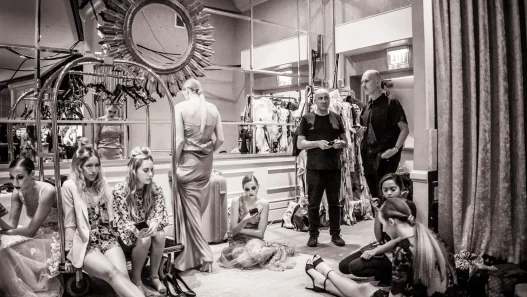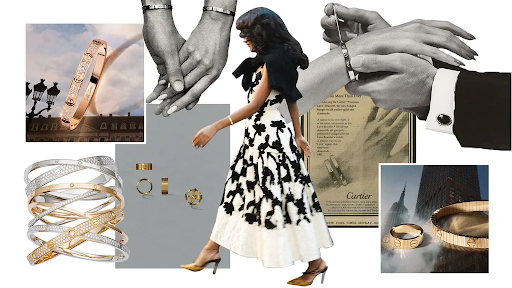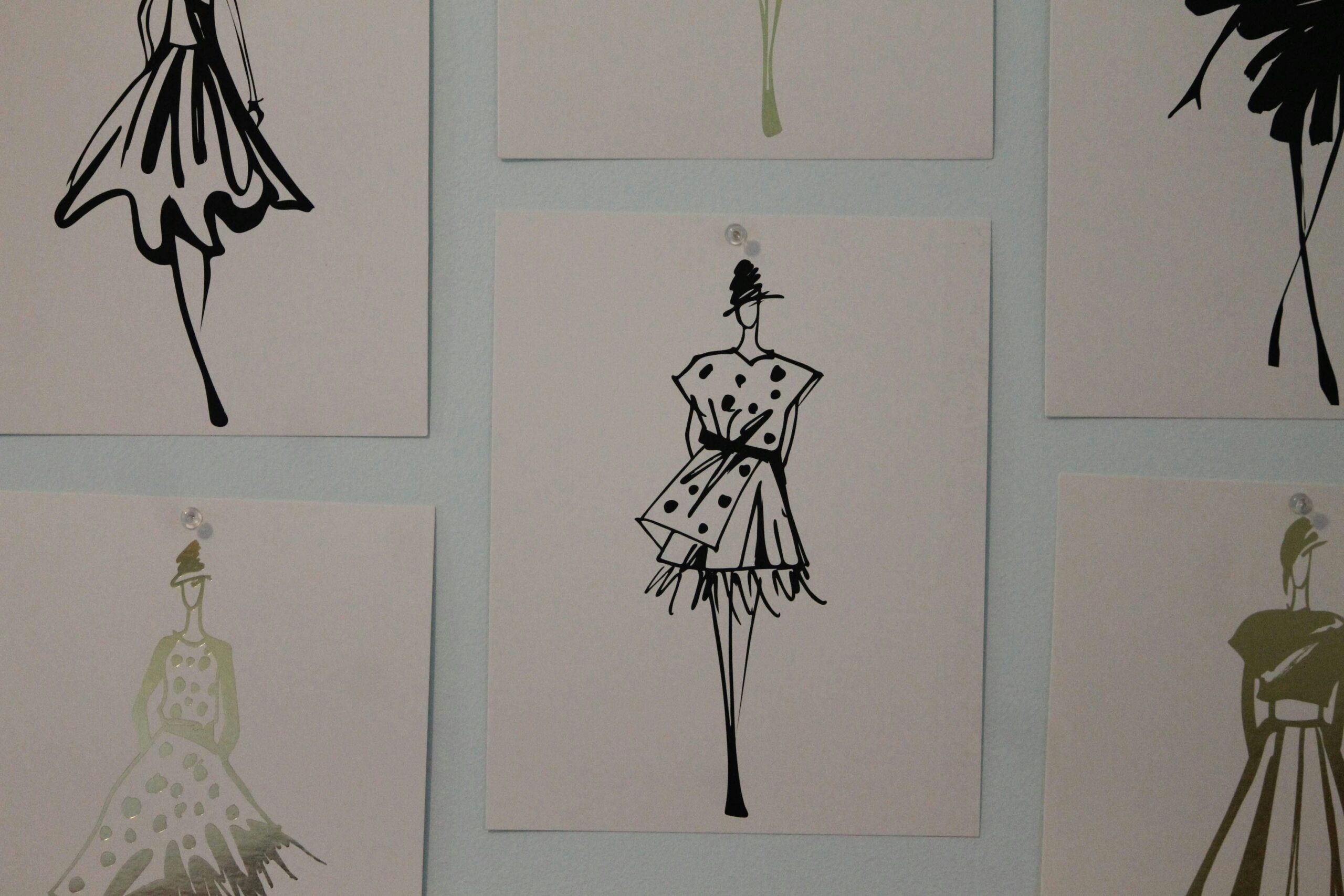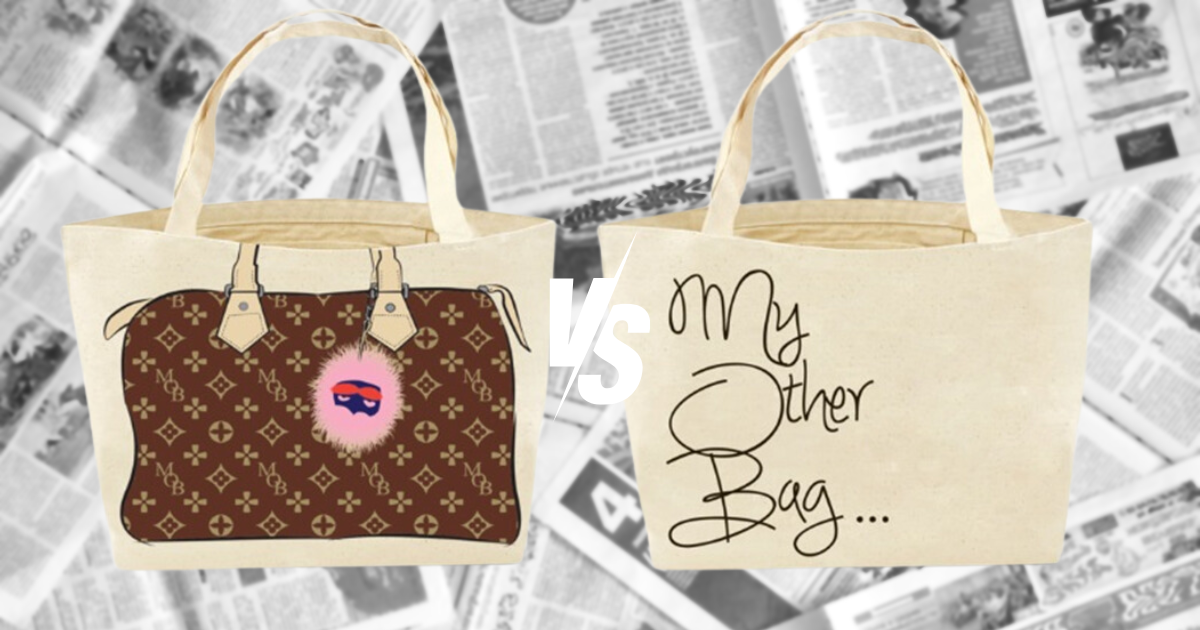The fashion industry is known for its adaptiveness and capitalization on the latest trends. May it be biotechnology, activism, or sustainability. Also, art and fashion are closely related to culture. So, any waves and trends in the modern culture heavily influence the industry and navigate a new direction for it to usher into.
One such trend is NFTs. NFTs is a novel concept that recently took over the world, storming over the world, leaving it in a haze. The technology business, governments, conglomerates, and artisans were equally confused as to whether the NFTs would be a blessing in disguise or a trojan horse pointing towards yet another economic turbulence. NFTs were introduced at a time when the cryptocurrency trend was at its peak, and without many inquisitions – people started accepting the tokens as a part of the greater wing of the crypto business. But what is NFT?
NFTs or Non-Fungible Tokens are crypto-based digital currencies that are built on the Ethereum Blockchain. The only basic difference is, that other cryptocurrencies are fungible (that is, they can be exchanged with one another – asset for an asset) and NFTs are non-fungible. If a person owns an NFT, they would not be able to exchange it with another token. They retain exclusive rights over the token(s) and its attached value, whatever it may be.
NFTs have a huge growth prospect in the fashion and art industry. Owning to its non-fungibility and exclusive ownership rights – digital artists and designers view it as a better way to sell their creations than traditional methods. It is because, every time the art piece is sold, the artist can get a fee or a commission out of it (like Governments benefitting from capital gains tax).
The fashion industry soon entered the NFT game. NFTs brought in a wave in the luxury fashion industry when in June 2021, Gucci became the first major fashion house to sell NFTs. Owners of the NFT art have digital proof that they are owning the real material and that other copies are fake.
In the Indian luxury fashion arena, popular couture designer Manish Malhotra was the first to introduce a line of NFTs in 2021. This opinion was furthered that year by the release of a collection of artworks as NFTs using blockchain technology by Indian clothes designer Raghavendra Rathore.
However, NFTs have also caused many troubles in the industry. First, it has contradicted the sustainability and ESG principles the industry vows to follow. The total amount of emissions caused by all of these blockchain-based applications depends on the blockchain’s design and the application in question. For instance, Ethereum is the most popular blockchain for NFTs, but there may be other blockchains accessible to trade NFTs that, depending on their architecture, may be more or less polluting than Ethereum.
Buying an NFT artwork has the same energy consumption as an average EU household in a month!
The most dangerous threat caused by NFTs in the contemporary fashion arena is that of Intellectual property law violations. No matter how safe and secure these NFTs sound, they do not guarantee the protection of the intellectual property law attached to digital art.
Although an NFT cannot be copied, others may try to mint new NFTs for replicas of the original asset to confuse consumers and make money from the original brand. Such was the case of Hermès and its iconic Birkin bag.
Mason Rothschild, the behind the NFTs that resemble the Birkin handbag is being sued by Hermès. One hundred NFTs created by Mason Rothschild resemble the renowned Hermès Birkin handbag. In December of last year, Rothschild began offering NFTs of the MetaBirkins, and the first one sold for $42,000. The 100 MetaBirkin NFTs had a total worth of almost $450,000 by the end of that month.
There can be no doubt that Rothschild’s success is the result of his confusing and diluted use of Hermès’ well-known trademarks, according to a 47-page complaint Hermès filed with the Southern District Court of New York. The complaint claims that Rothschild “rips off Hermès’ famous Birkin trademark by adding the generic prefix ‘meta’.” In its request for injunctive action, Hermès is pleading with the court to order Rothschild to halt his operations and turn up his profits as compensation.
Additionally, they demand the domain name MetaBirkins.com from him.
However, the First Amendment in the constitution of the United States, which guarantees freedom of speech, protects Rothschild’s actions, and the MetaBirkins is merely a “playful abstraction of an existent fashion-culture icon,” according to Rothschild.
This case brings up crucial concerns including the enforcement of real-world product trademarks online and the ramifications for the owners of MetaBirkin NFTs should Hermès prevail in its legal battle with Rothschild.
Another major Intellectual Property dispute the world saw this year was when iconic footwear, sportswear, and athleisure brand Nike sued StockX, an online trainer reseller for violating Nike’s trademarks.
StockX introduced “Vault NFTs” in January. These Vault NFTs can be exchanged electronically or for the appropriate real-world trainer. The NFT can, however, command a higher price than physical trainers. The Nike trainers’ names and logos are included on the NFTs, and Nike says this is trademark infringement (among other things).
The issue is whether the NFTs are a separate product or merely an extension of the standard sales procedure (like a digital receipt would be). This isn’t just a reseller using the brand’s mark for used goods, says a member of the FLI (Fashion Law Institute). Nike submits that this is unauthorized use of a trademark to promote a different product. For the development of the NFT market in fashion, this is a crucial issue. Nike also submits that this is hurting its reputation and credibility and has asked the court to order StockX to stop selling NFTs with Nike’s insignia on them.
The future of the fashion industry, owning to its malleability is always going to be decided by trends. NFTs and digital currency are one such trend that would shape the future of fashion. NFTs are at a very nascent and novel stage in the current scenario, therefore, it is expected that the threats posed by them would be troubleshot as time progresses. It is predictable that the problems faced by the industry with the penetration by NFTs would be fixed, or who knows, replaced by other technological innovations!


















